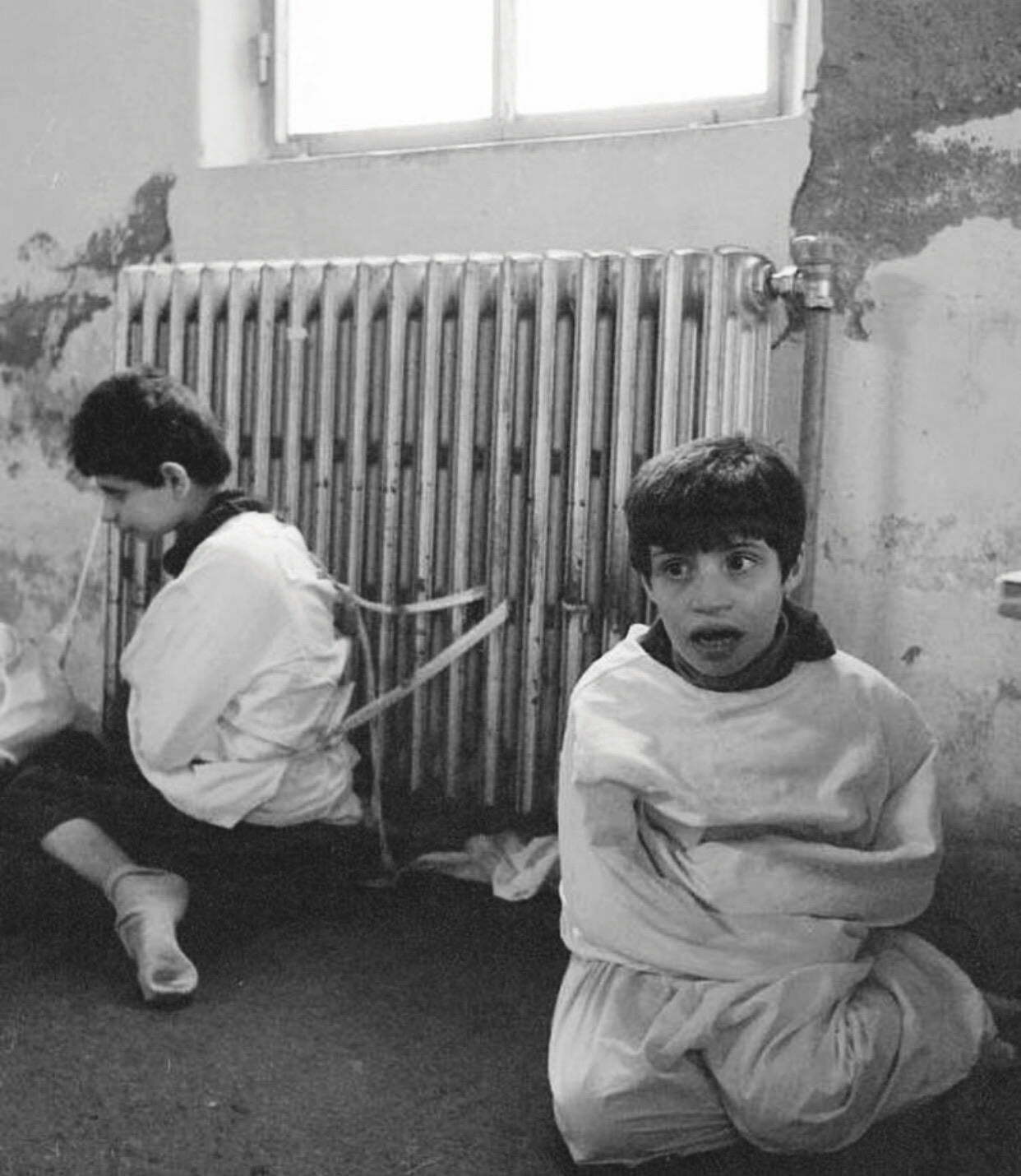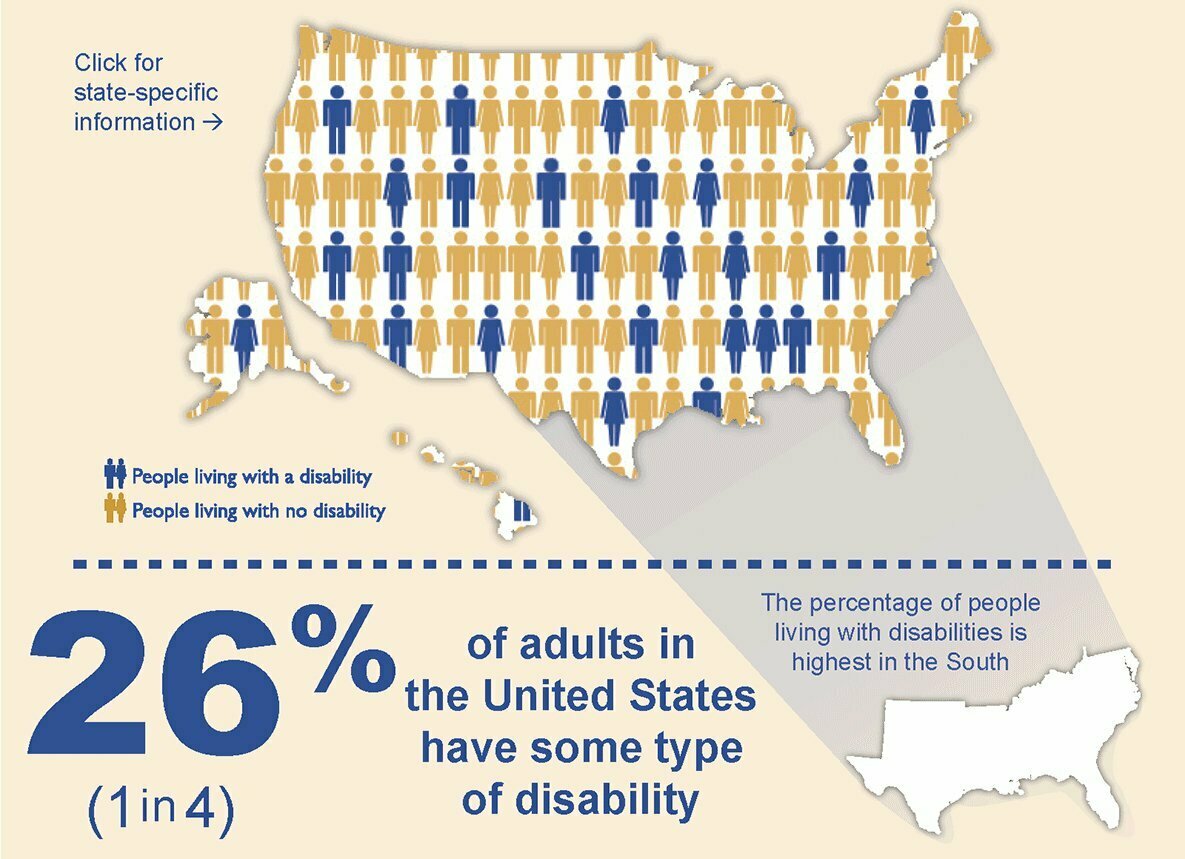


Ah… the 1930s! One can only be captivated by the black and white imagery defined by the golden age of Hollywood. This decade saw the explosion of growth on the big screen. Millions of people took in at least one film per week. This was the height of cinema’s popularity.
But the 1930s were not all about the glamor of the big screen. Any historian would tell you that the 1930s were marked more by the Great Depression and being on the brink of World War 2.
Perhaps the greatest abuse of people with disabilities came at the hands of Hilter and the “Master Race.” Those that weren’t the first to be disposed of were subject to brutal extermination becoming human guinea pigs.
In 1933 Franklin Roosevelt was elected president of the United States. Though disabled from polio he hid his disability for fear of his public image and electability. He did not dare allow the public to see him in a wheelchair as disability was something to be ashamed of or hidden away.
1938 saw the passage of the Fair Labor Standards Act. Sounds good, right? Not if you were someone with a disability. This law allowed employers to pay lower wages to employees whose productivity was limited due to physical or mental disabilities.
Like these two boys in straight jackets chained to a radiator.

Because of the shame that comes with disability families typically sent their children and loved ones away to be institutionalized far away from society.
It was not uncommon for people to be restrained and strapped to a bed 24 hours a day. A vast majority of institutionalized people experienced abuse, neglect, and starvation. Electric shock treatments and other forms of experimentation were also considered standard practice.
Overcrowding was also common in institutions. In New York at Willowbrook State School patients grossly outnumbered staff 50 to one.
With the gift of hindsight, it was better to be a felon in prison than a person with an intellectual or developmental disability in an institution.
Now, what if I told you the picture above wasn’t from the 1930s? What if I told you it was taken in 1982. Many of America’s institutions were not closed until the late 1980s after horrendous living conditions were exposed by then reporter Geraldo Rivera in an expose.
The 1980s were not that long ago. Many children that lived through the horrors of institutions are adults today still dealing with the past trauma. And while the treatment of people with disabilities has come a long way over the past 30 to 40 years it is far from where it needs to be.
What you have read above may have shocked you or even made you feel sorry for the way people affected by disability were treated. Despite that, you may feel like you are powerless to make a difference. You may feel like this is a world away from you.

Nothing could be further from the truth. One in four adults (26%) have some form of disability in the United States and well over one billion people in the world live with a disability. Disability is in every community. Disability surrounds you. All you have to do is be open to seeing it. Do not fear it.
People with disabilities are just like you, they are people first. You are more alike than you are different. Simply treat others as you would want to be treated. You know, the golden rule! I am sure you are familiar with the golden rule. But did you know that it is something that Jesus commanded? Don’t believe me?
“In everything, do to others what you would want them to do to you.” Matthew 7:12
If you want to make a difference Matthew 7:12 (the golden rule) is your answer. Make the world a better place one person at a time by just treating them the way you would want to be treated. If everyone would simply do this people with disabilities would never have to live through the horrors of the 1930s or the 1980s again.


